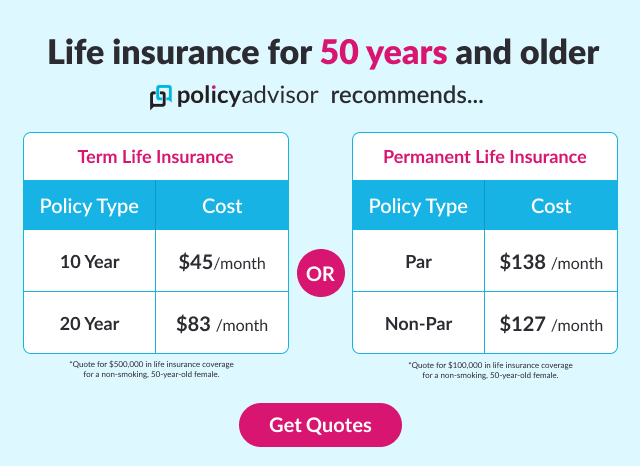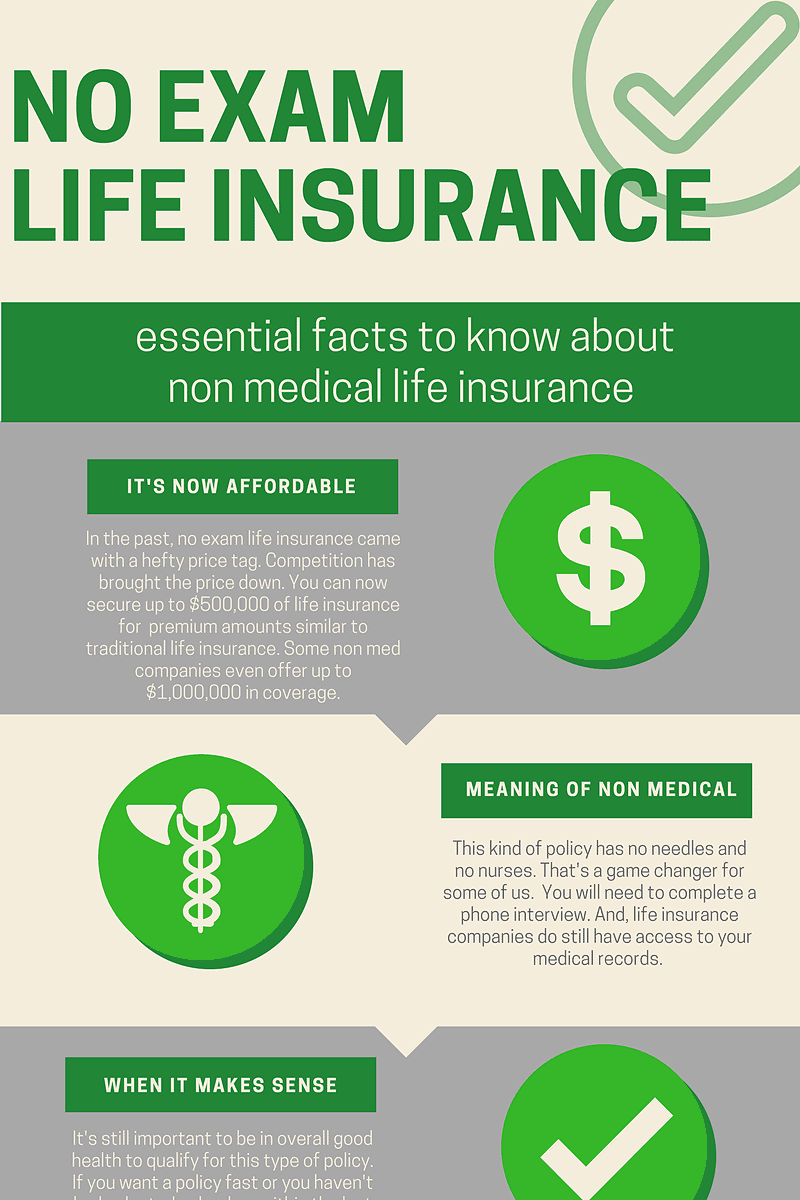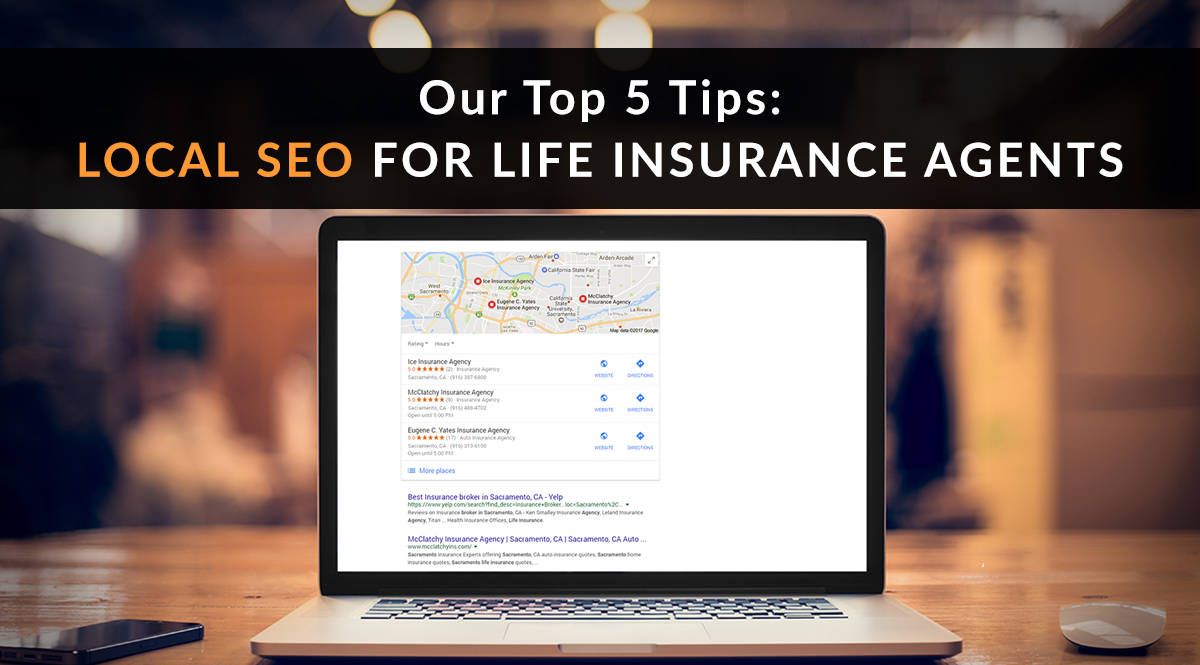1. Stay calm and check for injuries.
The first thing you should do after a car accident is to stay calm and check for injuries. If you or anyone else in your car is injured, call 911 immediately.
2. Pull over to the side of the road.
If possible, pull over to the side of the road. This will help to keep you and your passengers safe and prevent further accidents.
3. Exchange information with the other driver.
Once you have pulled over, exchange information with the other driver(s) involved in the accident. This includes your name, address, phone number, insurance information, and license plate number.
4. Take photos of the accident scene.
If you have a camera, take photos of the accident scene. This will help you to document the damage and provide evidence to your insurance company.
5. Report the accident to the police.
You are required to report any car accident to the police if there is any property damage or injuries. You can do this by calling 911 or by visiting your local police station.
6. File a claim with your insurance company.
Once you have reported the accident to the police, you should file a claim with your insurance company. Your insurance company will investigate the accident and determine who is at fault.
7. Get a copy of the police report.
You can request a copy of the police report from the police department that investigated the accident. The police report will contain important information about the accident, including the names of the drivers involved, the location of the accident, and the damage to the vehicles.
8. Hire an attorney.
If you have been seriously injured in a car accident, you may want to consider hiring an attorney. An attorney can help you to protect your rights and get you the compensation you deserve.
What to Do After a Car Accident in California
In the wake of a car accident, the aftermath can be a whirlwind of emotions and confusion. Understanding the proper steps to take after an accident in California is crucial to protect your rights, ensure your safety, and facilitate a smooth claims process. Here’s a comprehensive guide to navigate the aftermath of a car accident in the Golden State.
1. Stay Calm and Ensure Safety
In the immediate aftermath of a car accident, it’s natural to feel shaken or disoriented. However, it’s imperative to remain composed and prioritize your safety. If possible, pull over to the side of the road or a safe location. Turn on your hazard lights to alert other drivers and prevent further accidents. Assess yourself and any passengers for injuries, and if necessary, call 911 immediately. Don’t attempt to move anyone who may have sustained severe injuries.
Once the scene is secure, gather your bearings and check on the other drivers and passengers involved. If anyone else requires medical attention, don’t hesitate to call for help. Remember, your well-being and the safety of others should be your primary concern.
If you’re able to move around, take a moment to document the accident scene. Take photos or videos of the damage to your vehicle, the other vehicles involved, and the surrounding area. These records will be invaluable when filing an insurance claim or seeking legal assistance.
As you’re collecting information, be mindful of your surroundings. If you notice any suspicious activity or feel threatened, don’t hesitate to call the police. Their presence will ensure your safety and help resolve any potential conflicts.
Staying calm and ensuring safety after a car accident may seem like a daunting task, but it’s essential for your well-being and the resolution of your case. By following these steps, you can help protect yourself, others, and your legal rights.
What to do After a Car Accident in California
After a car accident in California, it’s crucial to take the right steps to protect yourself and your rights.. In the immediate aftermath of a collision, emotions can run high, and it can be challenging to think clearly. But by following these steps, you can help ensure your safety, gather essential information, and preserve your legal options.
Steps to Take After a Car Accident
1. **Pull Over and Check for Injuries**: If possible, pull over to a safe location after an accident. Check yourself and your passengers for injuries. If anyone is hurt, call 911 immediately.
2. **Call the Police**: In California, you’re required to report accidents involving injuries, hit-and-runs, or property damage exceeding $1,000. Calling the police creates an official record of the incident and can strengthen your insurance claim.
When you call the police, be prepared to provide the following information:
- Your location.
- The time and date of the accident.
- The names and contact information of everyone involved.
- The make, model, and license plate numbers of the vehicles involved.
- A brief description of the accident.
The police will investigate the accident and issue a report. This report can be helpful if you need to file an insurance claim or take legal action.
3. **Exchange Information**: Once you’ve called the police, exchange the following information with the other driver(s) involved in the accident:
- Names, addresses, and phone numbers.
- Driver’s license numbers.
- Insurance company and policy numbers.
- License plate numbers.
- Make, model, and year of vehicles.
It’s also a good idea to take photos of the other driver’s license, insurance card, and license plate.
4. **Take Photos**: If possible, take pictures of the accident scene. This can include photos of the damage to your vehicle, the other vehicles involved, and the surrounding area. Photos can help document the accident and support your insurance claim.
5. **Seek Medical Attention**: Even if you don’t feel injured, it’s important to seek medical attention after a car accident. Some injuries, such as whiplash, may not show up immediately. By getting checked out by a doctor, you can rule out any hidden injuries and get the treatment you need.
What to Do After a Car Accident in California
In the aftermath of a car accident, it’s important to take the right steps to protect your rights and ensure your well-being. If you’ve been involved in a car accident in California, here’s what to do:
Insurance Claims
First and foremost, notify your insurance company. This is a crucial step to initiate the claims process. File a claim promptly to avoid delays or coverage issues. When filing your claim, be prepared to provide details about the accident, including the date, time, location, and other involved parties.
In addition to notifying your insurance company, gather evidence to support your claim. This documentation can include:
- Police report: Obtain a copy of the police report, which will provide an official account of the accident and its circumstances.
- Witness statements: If there were any witnesses to the accident, obtain their contact information and statements to corroborate your account.
- Medical records: If you sustained any injuries, gather medical records and documentation of treatment expenses to prove the extent of your damages.
- Property damage estimate: If your vehicle or other property was damaged, obtain an estimate from a qualified professional to quantify the repair or replacement costs.
- Photographs: Take photographs of the accident scene, your vehicle damage, and any visible injuries to document the incident.
What to Do After a Car Accident in California
Dealing with the aftermath of a car accident can be overwhelming, especially in the Golden State of California. These are some steps you should take to ensure your safety, protect your rights, and navigate the legal complexities that may arise.
1. Safety First
Remain calm and check for injuries to yourself and any passengers. If possible, move your vehicle to the side of the road to avoid further accidents. Turn on your hazard lights and call 911 immediately to report the accident. Seek medical attention even if you feel uninjured, as some injuries may not manifest immediately.
2. Exchange Information
Gather essential information from all involved drivers, including names, contact details, insurance companies, and policy numbers. Take pictures of the accident scene, including the damage to vehicles and any visible injuries. Obtain a copy of the police report if one was filed.
3. Notify Insurance Companies
Report the accident to your insurance company promptly. They will guide you through the claims process and provide advice on coverage and compensation. Do not admit fault or sign any documents without consulting your insurance provider or legal counsel.
4. Legal Representation
Consulting an attorney is crucial if the accident resulted in severe injuries, significant property damage, or a dispute over fault. A skilled lawyer will protect your rights, negotiate with insurance companies, and represent you in court if necessary.
- Severe Injuries: If you have sustained serious injuries, do not delay in seeking legal representation. An attorney will ensure you receive appropriate medical care, maximize your compensation, and hold negligent parties accountable.
- Property Damage: If the damage to your vehicle or other property is substantial, an attorney can help you recover the full cost of repairs or replacements.
- Dispute over Fault: When there is a disagreement about who is to blame for the accident, an attorney can present evidence, negotiate with insurance companies, and potentially pursue legal action to establish fault and recover damages.
5. Protect Your Rights
Remember, you have rights as an accident victim. Do not sign any documents or release any information without carefully reviewing it. Keep a record of all expenses related to the accident, including medical bills, repair costs, and lost wages. Be honest and cooperative with law enforcement and insurance companies, but do not admit fault or provide unnecessary details that could harm your case.
What to Do After a Car Accident in California
After the shock and confusion of a car accident, it’s crucial to take immediate steps to protect your health, legal rights, and financial well-being. Here’s a comprehensive guide to help you navigate the aftermath of a car accident in California.
Financial Recovery
In the wake of an accident, you may be facing substantial financial losses. However, there are options for compensation to help you recoup these costs.
Medical Expenses: California law requires drivers to carry auto insurance, which should cover your medical bills resulting from an accident. If your treatment exceeds the limits of your policy, you may need to explore other avenues, such as health insurance or a personal injury lawsuit.
Lost Wages: If you’re unable to work due to your injuries, you can seek lost wage compensation from the at-fault party. This includes any income you would have earned during your recovery period.
Pain and Suffering: Compensation for pain and suffering is intended to address the physical and emotional pain, as well as emotional distress, you’ve endured as a result of the accident. This can be a significant portion of your settlement or jury award.
Property Damage: If your vehicle was damaged or totaled, you can file a claim with your insurance company or seek compensation from the other driver. Make sure you document the damage and have it assessed by a qualified mechanic.
Diminished Earning Capacity: In cases where your injuries impact your ability to earn a living, you may be eligible for compensation for diminished earning capacity. This can be a significant loss if you’re forced to take a pay cut or change careers due to your injuries.
What to Do After a Car Accident in California
If you’ve been involved in a car accident in California, you’re probably feeling overwhelmed and unsure of what to do next. Here’s a comprehensive guide to help you navigate the aftermath of an accident and protect your rights:
Emotional Recovery
The emotional toll of a car accident can be significant. You may experience shock, anxiety, anger, or even depression. It’s important to seek support from family, friends, or a therapist to cope with these emotions. Talking about your experience can help you process what happened and begin to heal.
Legal Steps
1. Call the Police:
In California, you’re legally required to report any accident involving injury or property damage. Call the police immediately to create an official report.
2. Exchange Information:
Gather the following information from the other driver(s) involved: name, address, phone number, insurance company, and policy number.
3. Document the Scene:
Take photos of the damage to your car and the other vehicles involved. Note any skid marks, traffic signs, or other details that could support your claim.
4. Seek Medical Attention:
Even if you don’t feel injured, it’s crucial to get checked out by a medical professional. Some injuries, like whiplash, may not show up right away.
5. Contact Your Insurance Company:
Report the accident to your insurance company as soon as possible. Provide them with the details of the accident and any documentation you have.
6. Determine Fault:
In California, fault is determined based on negligence. To establish fault, you’ll need to prove that the other driver acted carelessly or recklessly, causing the accident.
a) Police Report: The police report can provide valuable evidence of fault, such as witness statements and descriptions of the accident scene.
b) Witness Statements: If there were any witnesses to the accident, their statements can help support your claim.
c) Medical Records: Your medical records can document the extent of your injuries and support your claim for compensation.
d) Vehicle Damage Photographs: Photographs of the damage to your car can help illustrate the severity of the accident and support your claim for damages.
e) Expert Testimony: In some cases, an expert witness, such as an accident reconstructionist, can be used to provide testimony about the cause of the accident.




Leave a Reply